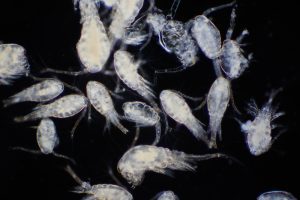Monarch butterflies face extinction and have lost 80% of their population in the past two decades.
With the ecosystem shifting, there is a lot of change happening to the insect population.
Due to this, some insects face possible threats to their population, such as the Monarch butterfly.
The most significant factors affecting monarch butterfly populations include loss of habitats, changing migration patterns, and overwintering.
However, other more minor causes include insecticides, climate change, and increased predators.
These beautiful, winged creatures are barely holding on. So, what is the biggest threat to monarch butterflies?
If you’d like to know more about the species and how the world impacts its ability to survive, then continue reading.
Table of Contents
What are the biggest threats to monarch butterflies?
Currently, only a few known factors are impacting the monarch butterfly population. Each of these factors has been present in the past few decades, and we may see them continue to impact the population in the future.
Below, we’ll list the most severe causes and threats to the monarch butterflies located in North America.
1. Inability to breed due to habitat loss
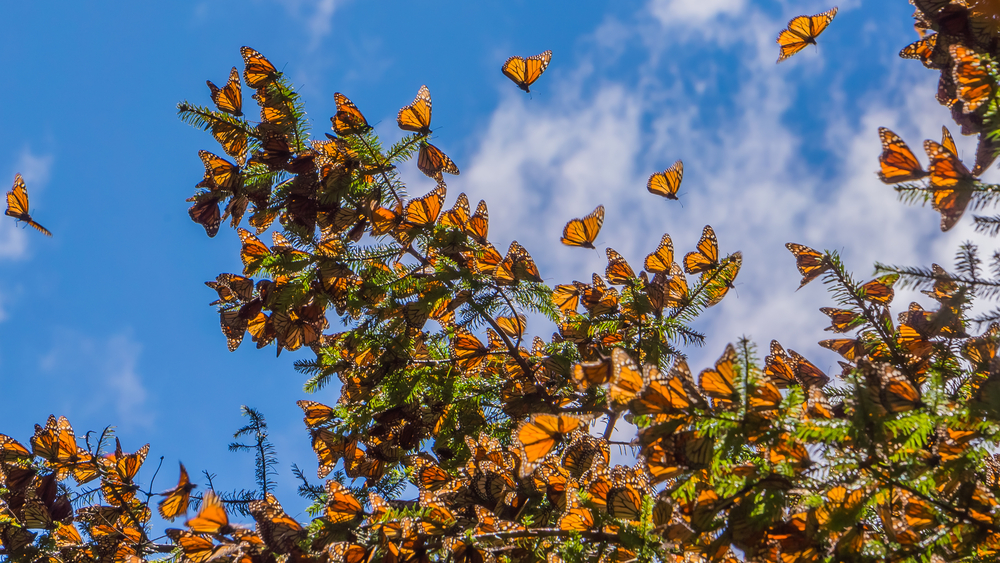
The monarchs have lost their habitat in North America. Due to this, the butterfly cannot do its traditional three-country migration route.
In winter, the monarchs generally travel to Mexico to take shelter from the cold. However, Mexican forests have been being destroyed by illegal logging activities.
Aside from that, the monarch’s primary food source, milkweed, is becoming less common.
The milkweed plant is the only plant that the monarch butterfly can breed with. Without access to it, the butterfly will not be able to create offspring.
Each migration cycle will generally create at least four to five generations of monarchs. However, with less milkweed, there are fewer butterflies with each generation.
The removal and decline of milkweed are due to creating agricultural fields located in the Midwest area.
2. Climate changes throughout North America
Monarchs also face drastic effects of climate change such as storms, unpredictable weather changes, and varying extreme temperatures.
With so much variance, the monarch can’t survive. Due to this, some may die out before completing their cycle.
The main climate change that kills them almost instantly is a drop in temperature. Monarch butterflies are extremely sensitive to cold climates.
Their fragile wings and small bodies freeze over when the temperature drops, leaving them to die or vulnerable to attacks.
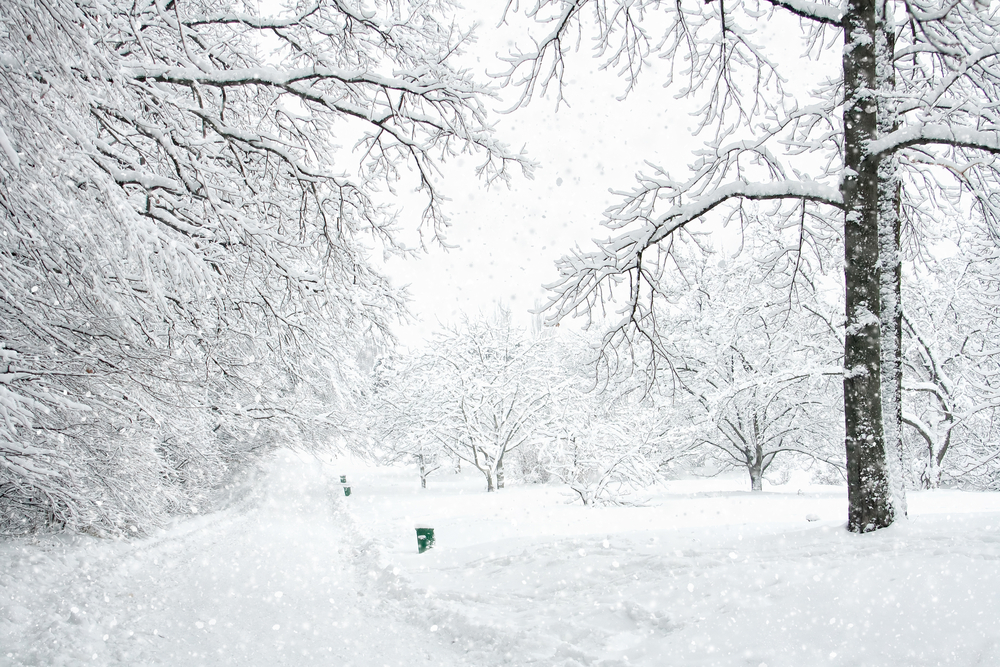
Any temperatures that drop below 17 degrees Fahrenheit will kill them, especially if the weather ends up cold and dry.
Aside from that, rainy conditions with temperatures above 25 degrees will also kill off a monarch.
For example, a small storm that happens to a monarch colony while migrating could wipe out almost the whole population.
In 2002, a record-breaking storm ended up wiping out 80% of the monarch population, hence why they have been a rarer sight to see.
3. The increased use of pesticides and herbicides
Milkweed is their primary source of food and is used for breeding. Generally, milkweed can be found in corn and soybean crops spread across the Midwest.
However, more agriculture has been using pesticides and herbicides that kill milkweed plants.
Not only that, but the newer insecticides have specific chemicals that spread poison into the plants.
Neonicotinoids end up causing the plant to become poisonous to insects. So, without even spraying insecticides onto a monarch, the plant will poison them once they come into contact with it.
All around North America, there have been efforts to help monarch butterflies. Even the Department of Interior and Agriculture have been coming up with new strategic goals to help boost monarch butterfly populations.
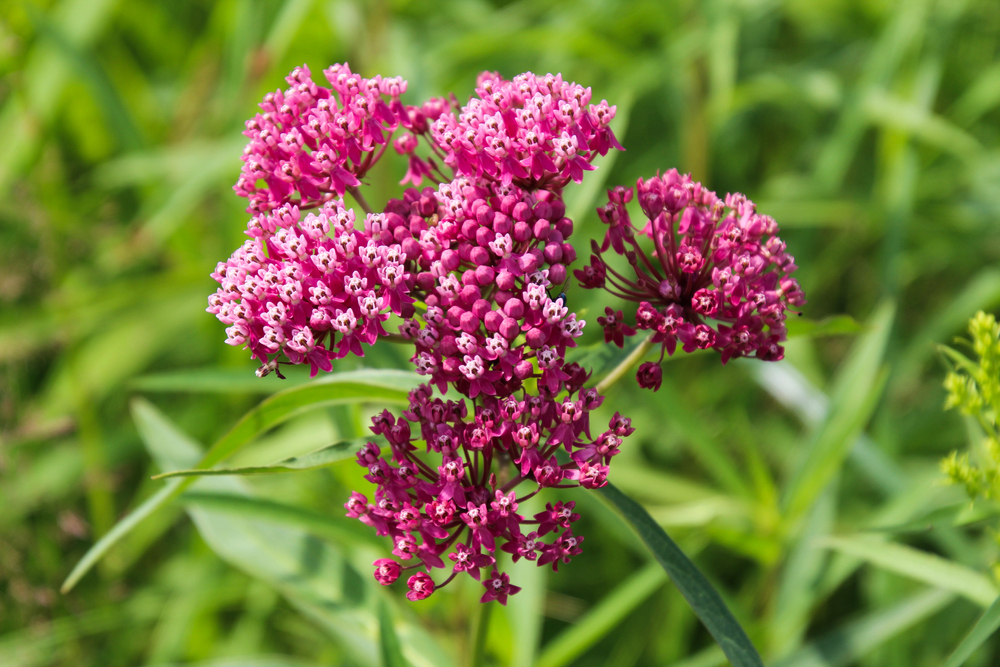
Some areas have planted nearly 1.5 billion new stems of milkweed that aren’t to be tainted with insecticides.
4. Increase in predators and natural enemies
Due to the factors listed above, the monarch butterflies also face more enemies. With the dwindling population, more monarchs are becoming targets while trying to migrate.
Some major predators include spiders, fire ants, and birds.
The spiders and fire ants will kill and eat off any eggs left from the monarch butterflies. Limited milkweed makes it easier for predators to locate and find remaining monarch butterfly nests.
Due to this, the population continues to decrease due to other predators using them as a food source.
Birds also will go after any monarch butterfly that is easy to find. With less natural habitat to live in, the monarch butterfly will likely be out in the open.
Due to this, birds can quickly swoop in and have the monarch as their meal.
5. Parasites and other organisms
While this isn’t a major cause of extinction, monarch butterflies are susceptible to parasites and organisms.
Parasites and organisms may enter the monarch’s body and live inside it. The parasites will use the monarch butterfly as a host.

In most cases, they will kill off the monarch before they can end up nesting. However, sometimes these organisms may be beneficial to the monarch.
Still, with more variability in hosts, the monarch may be over-saturated with organisms that have limited resources.
Other factors worth mentioning
While these factors may not be why Monarchs are going extinct, they may contribute to the fact that populations continue to drop.
Some threats include habitat changes such as roadside maintenance, agriculture centers, commercial building, and roundup-resistant crops.
Additionally, ozone pollution is a considerable factor impacting more than just the monarch butterfly population.
With all these factors working against the already falling population, there is little hope to see a rebound anytime soon.
That’s why major relief bills such as the Monarch Act of 2021 have provided $25 million to help repopulate and foster monarch habitats for the next five years.
Hopefully, monarch butterflies will become less susceptible to any outside factors with those combined efforts and the changing climate.
What is a monarch butterfly?
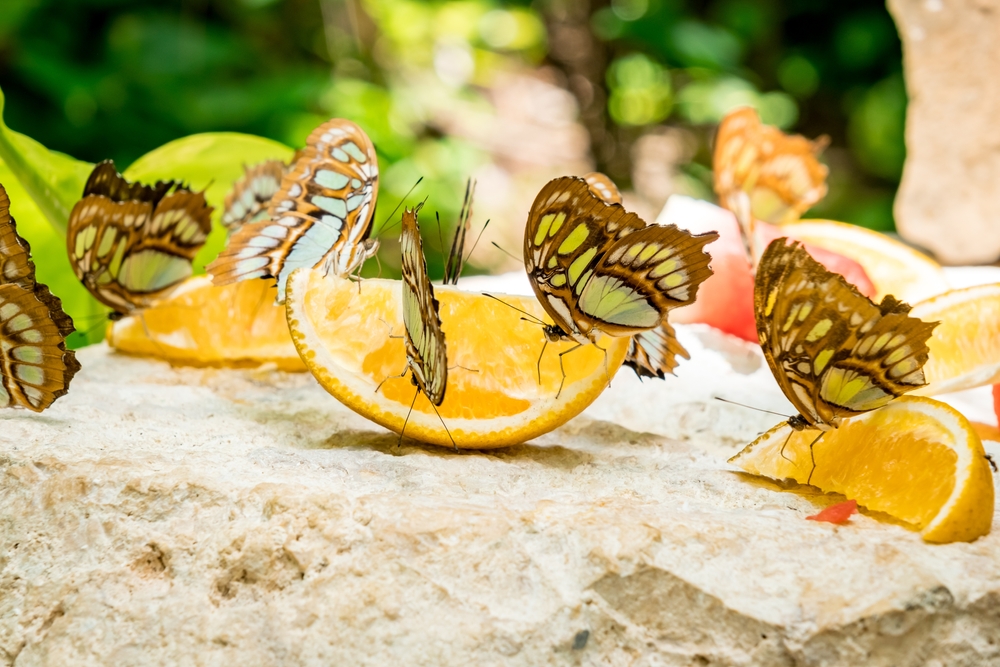
A monarch butterfly, also known as the milkweed butterfly, belongs to the Nymphalidae family. It’s a sizeable migratory butterfly with distinctive orange and black wings.
They are mainly native to North America and are often seen during summer.
Unlike other insects, the monarch butterfly can’t bite and has no pincers. Instead, it feeds using a long tongue called a proboscis that helps drain nectar.
Its primary sources of food include milkweed plants and other flowers.
This beautiful creature has a very short life expectancy. The average monarch only lives up to 2–6 weeks after hatching out of a cocoon.
The last generation of monarch butterflies in the year can last up to eight to nine months. So, they are often rare to see unless in a highly populated butterfly area.
Will the monarch butterfly go extinct?
No, it’s very unlikely that the monarch butterfly population will go completely extinct, especially with so many relief bills being put into place.
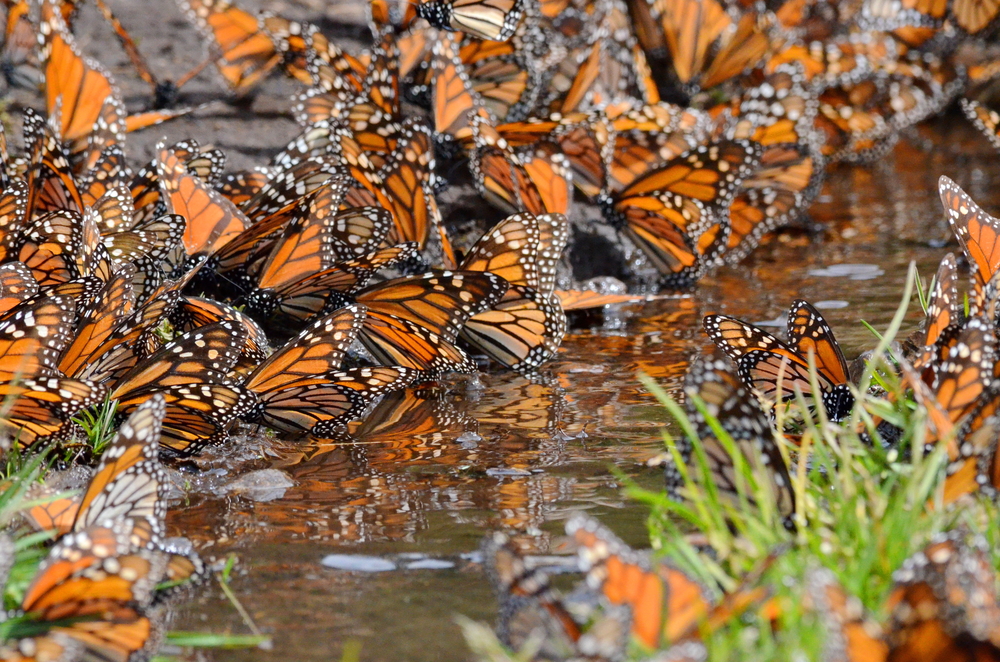
This is because the population is spread out throughout Mexico, the United States, and Canada.
Some butterflies were also moved to other places where they could thrive, including Hawaii and New Zealand.
So, it’s very unlikely that the population will go extinct. Instead, we may see a decrease in the monarch population, and they will be a rarer sight for future generations.
That being said, the future is unpredictable, and new weather conditions may favor the monarchs.












